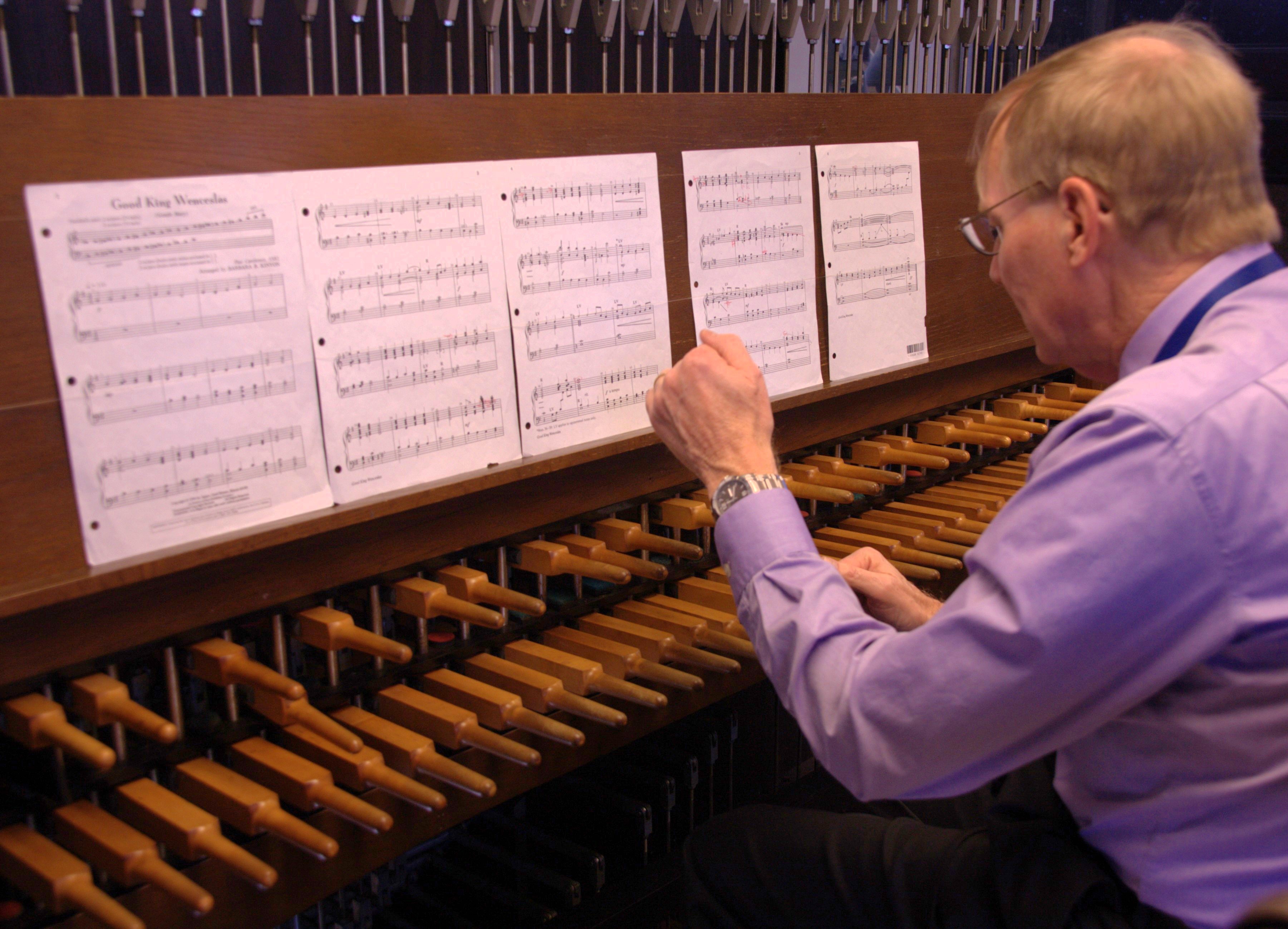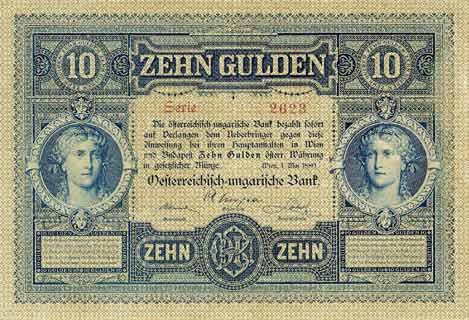|
Rathaus, Vienna
The Vienna City Hall (; ´┐Ża╦Ét╦îha╩Ős is the town hall of Vienna, Austria, located in the Innere Stadt on the Rathausplatz, off the Ringstrasse. The Gothic Revival building was designed by Friedrich von Schmidt and constructed between 1872 and 1883. It houses the offices of the Mayor of Vienna, as well as the city and state government. History Background By 1850, Vienna's rapid expansion, driven by the integration of nearby suburbs, made the Altes Rathaus on Wipplingerstra├če inadequate. With the demolition of city walls between 1858 and 1865 to build the Ringstra├če, a competition for a new city hall was held in 1868. German architect Friedrich von Schmidt won the commission, and the new building was planned for the Ringstra├če, alongside other major constructions like the Vienna State Opera (1869), the Parliament Building (1883), the University of Vienna's main building (1884), and the Burgtheater (1888). Initially, a site across from Stadtpark, Vienna's first mun ... [...More Info...] [...Related Items...] OR: [Wikipedia] [Google] [Baidu] |
Town Hall
In local government, a city hall, town hall, civic centre (in the UK or Australia), guildhall, or municipal hall (in the Philippines) is the chief administrative building of a city, town, or other municipality. It usually houses the city or town council and at least some other arms of the local government. It also often functions as the office of the mayor (or other executive), if the relevant municipality has such an officer. In large cities, the local government is often administratively expansive, and the city hall may bear more resemblance to a municipal capitol building. By convention, until the middle of the 19th century, a single large open chamber (or "hall") formed an integral part of the building housing the council and such other organs of government as supported it. The hall may be used for council meetings and other significant events. This large chamber, the "town hall" (and its later variant "city hall") became synonymous with the whole building, and, synec ... [...More Info...] [...Related Items...] OR: [Wikipedia] [Google] [Baidu] |
Stadtpark, Vienna
The Stadtpark (, ''City Park'') in Vienna, Austria is a large municipal park that extends from the Ringstra├če in the Innere Stadt first district up to the Heumarkt (Hay Market) in the Landstra├če third district. The park is divided in two sections by the Wien (river), Wienfluss (Vienna River), and has a total surface area of 65,000 square metres (28 acres). Scattered throughout the park are statues of famous Viennese artists, writers, and composers, including Hans Canon, Emil Jakob Schindler, Johann Strauss II, Franz Schubert, and Anton Bruckner. The opulent Kursalon building on Johannesgasse, with its broad terrace that reaches into the park, is the site of popular waltz concerts. History Even as early as in the Biedermeier period, the glacis before the ''Karolinenstadttor'' (Caroline City Gate) was a popular site of entertainment. During the demolition of the city walls and the creation of the Vienna Ringstra├če in its place, the mayor at that time, Andreas Zelinka, promoted ... [...More Info...] [...Related Items...] OR: [Wikipedia] [Google] [Baidu] |
Rathauspark
The Rathauspark is a 40,000 m┬▓ park in Vienna's first district, the Innere Stadt, in front of the Rathaus. History The park was established in 1873 at the initiative of the Mayor of Vienna Cajetan Felder, replacing the former k.u.k. (Imperial and Royal) parade ground on the Josefst├Ądter Glacis. The design was entrusted to the city planning office and city gardener Rudolph Siebeck, who arranged the park in two symmetrically laid-out sections, each centred around a fountain. The total budget for the project was 165,380 gulden (approximately 1.5 million euros). Several disagreements accompanied the planning of the 370-meter-long and 160-meter-wide area. Friedrich von Schmidt, the architect behind the Rathaus, advocated for low plantings of shrubs and rose bushes in front of the building, as he believed that trees would obstruct the structure's facade. Additionally, Schmidt envisioned two large monumental fountains in the park and two diagonal roads that would cross the sp ... [...More Info...] [...Related Items...] OR: [Wikipedia] [Google] [Baidu] |
Renaissance
The Renaissance ( , ) is a Periodization, period of history and a European cultural movement covering the 15th and 16th centuries. It marked the transition from the Middle Ages to modernity and was characterized by an effort to revive and surpass the ideas and achievements of classical antiquity. Associated with great social change in most fields and disciplines, including Renaissance art, art, Renaissance architecture, architecture, politics, Renaissance literature, literature, Renaissance exploration, exploration and Science in the Renaissance, science, the Renaissance was first centered in the Republic of Florence, then spread to the Italian Renaissance, rest of Italy and later throughout Europe. The term ''rinascita'' ("rebirth") first appeared in ''Lives of the Artists'' () by Giorgio Vasari, while the corresponding French word was adopted into English as the term for this period during the 1830s. The Renaissance's intellectual basis was founded in its version of Renaiss ... [...More Info...] [...Related Items...] OR: [Wikipedia] [Google] [Baidu] |
Fa├žade
A fa├žade or facade (; ) is generally the front part or exterior of a building. It is a loanword from the French language, French (), which means "frontage" or "face". In architecture, the fa├žade of a building is often the most important aspect from a design standpoint, as it sets the tone for the rest of the building. From the engineering perspective, the fa├žade is also of great importance due to its impact on Efficient energy use, energy efficiency. For historical fa├žades, many local zoning regulations or other laws greatly restrict or even forbid their alteration. Etymology The word is a loanword from the French , which in turn comes from the Italian language, Italian , from meaning 'face', ultimately from post-classical Latin . The earliest usage recorded by the ''Oxford English Dictionary'' is 1656. Fa├žades added to earlier buildings It was quite common in the Georgian architecture, Georgian period for existing houses in English towns to be given a fashionable new f ... [...More Info...] [...Related Items...] OR: [Wikipedia] [Google] [Baidu] |
Carillon
A carillon ( , ) is a pitched percussion instrument that is played with a musical keyboard, keyboard and consists of at least 23 bells. The bells are Bellfounding, cast in Bell metal, bronze, hung in fixed suspension, and Musical tuning, tuned in Chromatic scale, chromatic order so that they can be sounded harmoniously together. They are struck with clappers connected to a keyboard of wooden batons played with the hands and Pedal keyboard, pedals played with the feet. Often housed in bell towers, carillons are usually owned by churches, universities, or municipalities. They can include an automatic system through which the time is announced and simple tunes are played throughout the day. Carillons come in many designs, weights, sizes, and sounds. They are among the world's heaviest instruments, and the heaviest carillon weighs over . Most weigh between . To be considered a carillon, a minimum of 23 bells are needed; otherwise, it is called a chime (bell instrument), chime. S ... [...More Info...] [...Related Items...] OR: [Wikipedia] [Google] [Baidu] |
Bombing Of Vienna In World War II
The city of Vienna in Austria was bombed 52 times during World War II, and 37,000 residences of the city were lost, 20% of the city's housing stock. Only 41 civilian vehicles survived the raids, and more than 3,000 bomb craters were counted. History After a lone Soviet air raid conducted on 4 September 1942,Bremen, Vienna, Budapest get fierce mass air raid by William Dickinson, British United Press, 5 September 1942 Vienna was reached by western Allied bombers in 1944, when the allowed them to establish an air base at |
World War II
World War II or the Second World War (1 September 1939 ÔÇô 2 September 1945) was a World war, global conflict between two coalitions: the Allies of World War II, Allies and the Axis powers. World War II by country, Nearly all of the world's countries participated, with many nations mobilising all resources in pursuit of total war. Tanks in World War II, Tanks and Air warfare of World War II, aircraft played major roles, enabling the strategic bombing of cities and delivery of the Atomic bombings of Hiroshima and Nagasaki, first and only nuclear weapons ever used in war. World War II is the List of wars by death toll, deadliest conflict in history, causing World War II casualties, the death of 70 to 85 million people, more than half of whom were civilians. Millions died in genocides, including the Holocaust, and by massacres, starvation, and disease. After the Allied victory, Allied-occupied Germany, Germany, Allied-occupied Austria, Austria, Occupation of Japan, Japan, a ... [...More Info...] [...Related Items...] OR: [Wikipedia] [Google] [Baidu] |
Wien - Christkindlmarkt, Rathausplatz
Vienna ( ; ; ) is the capital city, capital, List of largest cities in Austria, most populous city, and one of Federal states of Austria, nine federal states of Austria. It is Austria's primate city, with just over two million inhabitants. Its larger metropolitan area has a population of nearly 2.9 million, representing nearly one-third of the country's population. Vienna is the Culture of Austria, cultural, Economy of Austria, economic, and Politics of Austria, political center of the country, the List of cities in the European Union by population within city limits, fifth-largest city by population in the European Union, and the most-populous of the List of cities and towns on the river Danube, cities on the river Danube. The city lies on the eastern edge of the Vienna Woods (''Wienerwald''), the northeasternmost foothills of the Alps, that separate Vienna from the more western parts of Austria, at the transition to the Pannonian Basin. It sits on the Danube, and is ... [...More Info...] [...Related Items...] OR: [Wikipedia] [Google] [Baidu] |
Austro-Hungarian Florin
The Austro-Hungarian gulden (German language, German), also known as the florin (German language, German & Croatian language, Croatian), forint (Hungarian language, Hungarian; ), or zloty (; ; ), was the currency of the Habsburg monarchy, lands of the House of Habsburg between 1754 and 1892 (known as the Austrian Empire from 1804 to 1867 and the Austria-Hungary, Austro-Hungarian Monarchy after 1867), when it was replaced by the Austro-Hungarian krone as part of the introduction of the gold standard. In Austria, the gulden was initially divided into 60 kreuzers (German; ; ; ; ; ). The currency was decimalisation, decimalized in 1857, using the same names for the unit and subunit. Name The name ''Gulden'' was used on pre-1867 Austrian banknotes and on the German language side of the post-1867 banknotes. In southern Germany, the word South German gulden, Gulden was the standard word for a major currency unit. After 1867 Austrian coins used the name ''Florin''. "Florin" is derived from ... [...More Info...] [...Related Items...] OR: [Wikipedia] [Google] [Baidu] |
Battle Of Vienna
The Battle of Vienna took place at Kahlenberg Mountain near Vienna on 1683 after the city had been besieged by the Ottoman Empire for two months. The battle was fought by the Holy Roman Empire (led by the Habsburg monarchy) and the PolishÔÇôLithuanian Commonwealth, both under the command of King John III Sobieski, against the Ottomans and their vassal and tributary states. The battle marked the first time the Commonwealth and the Holy Roman Empire had cooperated militarily against the Ottomans. The defeat was a turning point for Ottoman expansion into Europe, after which they would gain no further ground. In the ensuing war that lasted until 1699, the Ottomans would cede most of Ottoman Hungary to Leopold I, Holy Roman Emperor. The battle was won by the combined forces of the Holy Roman Empire and the PolishÔÇôLithuanian Commonwealth, the latter represented only by the forces of the Crown of the Kingdom of Poland (the march of the Lithuanian army was delayed, and they reached ... [...More Info...] [...Related Items...] OR: [Wikipedia] [Google] [Baidu] |









